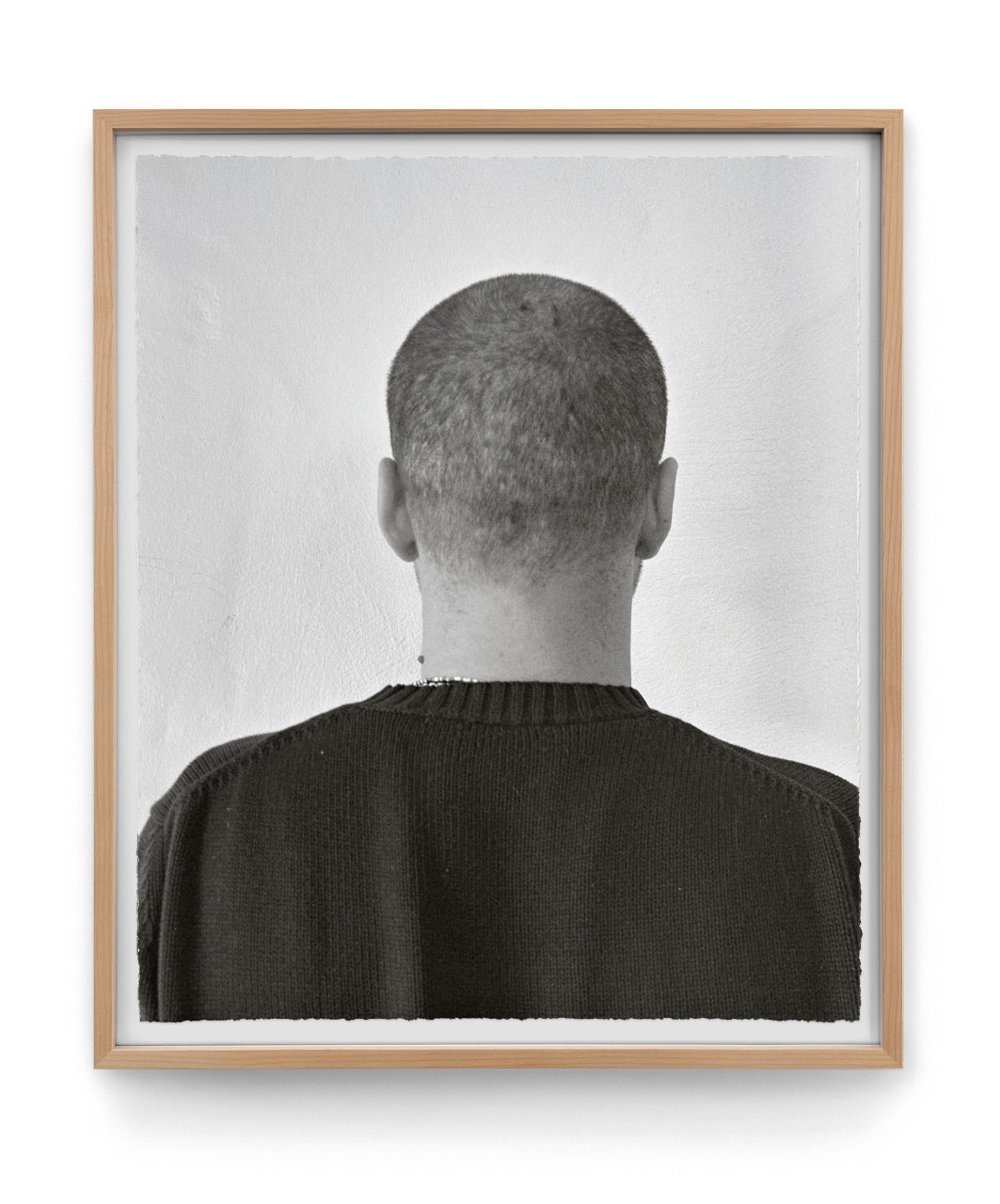Santiago Sierra
Santiago Sierra, born 1966 in Madrid, Spain, lives and works in Madrid and Mexico City. Widely regarded as one of the most controversial artists of his generation, Sierra’s socially and artistically critical interventions provoke strong reactions in an art world often attuned to aesthetic experience. In 2000, for instance, he erected a wall inside the P.S.1 Contemporary Art Center in New York (now MoMA PS1), replicating the border fence between Mexico and the United States. Behind it, a volunteer lived for several weeks, receiving only food and water passed through a narrow opening – reminiscent of prison conditions. Formally, Sierra draws on the legacy of Minimal Art, Land Art, and the Performance Art of the 1960s and 70s. He considers himself an admirer of minimalist pioneers such as Donald Judd, Sol LeWitt, and Robert Morris. Yet unlike these predecessors, Sierra infuses his works with a direct, visceral emotional force and confronts viewers with unfiltered political and personal realities.
Santiago Sierra Editions

Self-Portrait
2006/2024
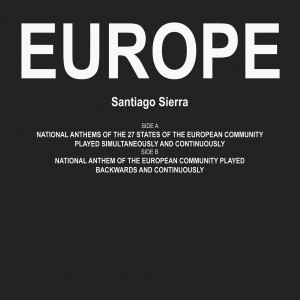
Europe
2009
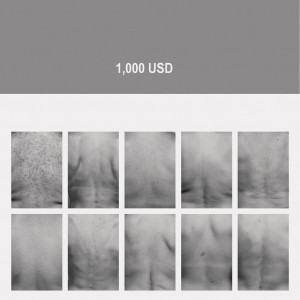
Economical Study On The Skin Of Caracans
2009
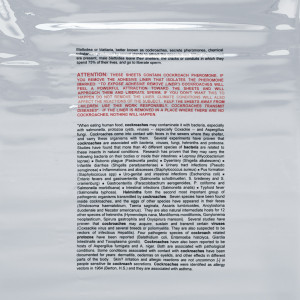
20 Sheets with Blattodea Pheromone
2008
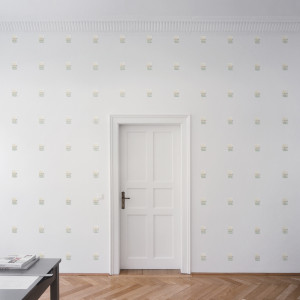
Wall With Blattodea Pheromone
2007
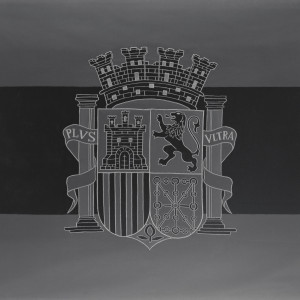
Bandera Negra De La Republica Española
2007
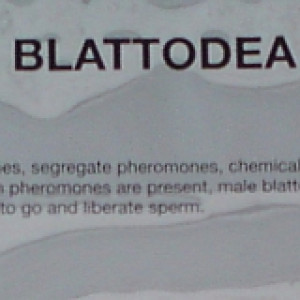
One out of 500 Cards with Blattodea Pheromone
2007
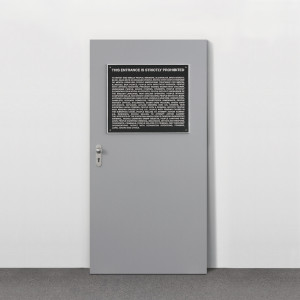
Aviso Público / Public Notice
2006
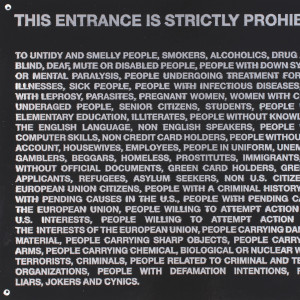
Door Plate
2006
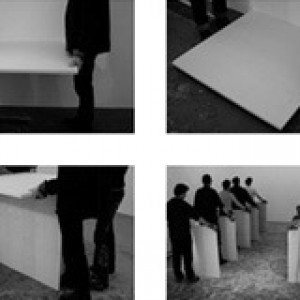
111 Constructions with 10 Modules and 10 Workers
2004
Self-Portrait
2006/2024
From FACES
Digital pigment print on Hahnemühle 300g rag paper, hand-torn, 60 x 50 cm. Edition of 45 + 8 AP, signed and numbered on label verso.
This self-portrait edition by Santiago Sierra presents a stripped-down, quietly subversive image: the artist photographed from behind, his shaved head and dark sweater stark against a white wall. In line with a recurring theme throughout Sierra’s practice, the refusal to show the face is a deliberate act. “The idea that not showing is more powerful than doing so” underpins much of his work, in which subjects are frequently hidden, anonymized, or obscured. Here, the absence of identifiable features functions as a kind of anti-portrait – resisting the conventions of self-representation and reinforcing Sierra’s broader interrogation of visibility, control, and the dehumanizing systems embedded in both art and society.
EUR 1,000
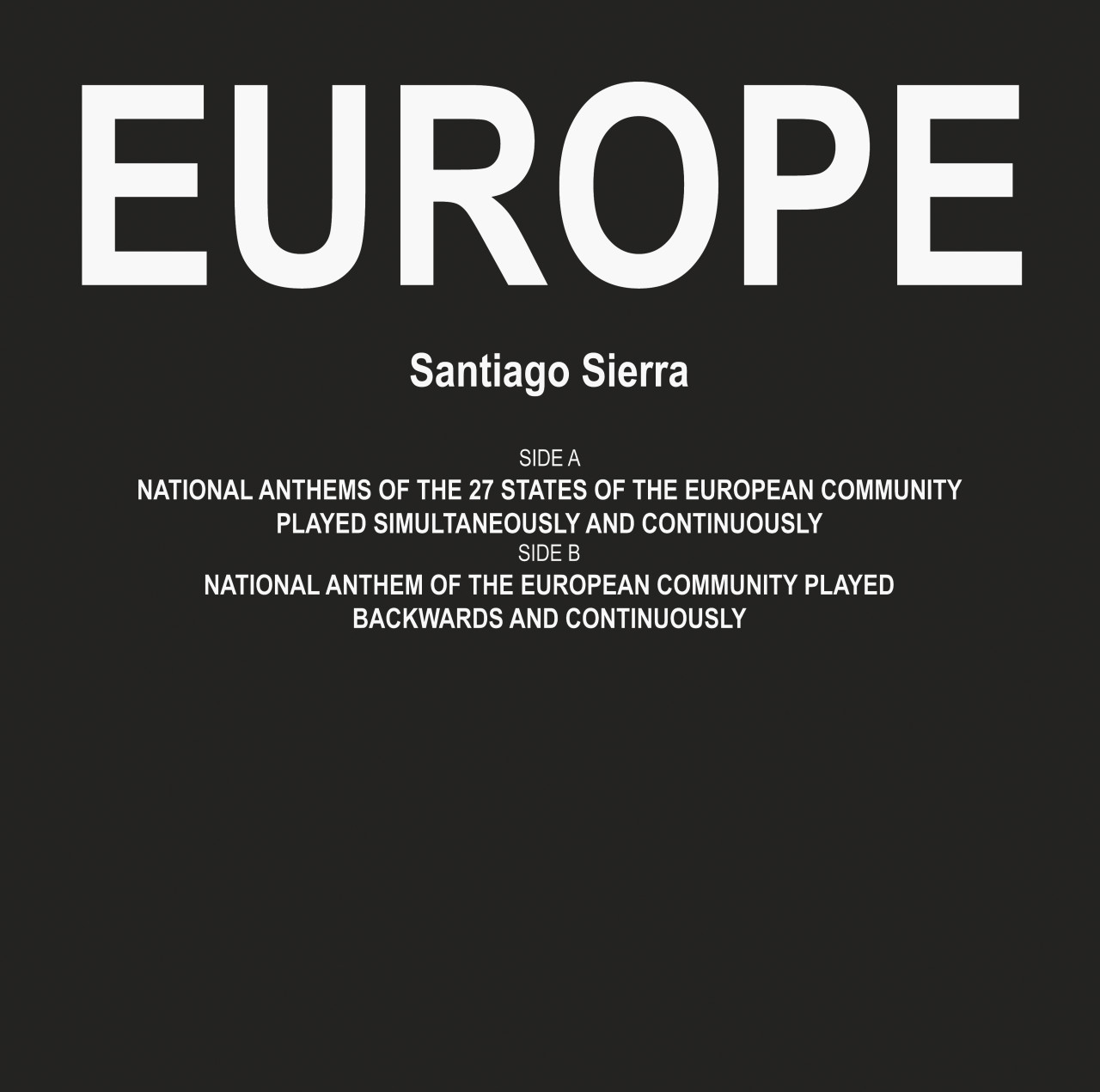
Europe
2009
LP record with the National Anthems of the 27 states of the European Community played simultaneously and continuously (Side A), and the National Anthem of the European Community played backwards and continuously (Side B). 31 x 31 cm (12¼ x 12¼ in). Edition of 100, signed and numbered.
Santiago Sierra’s LP edition transforms national symbolism into a dissonant sound intervention. On Side A, the national anthems of all 27 EU member states are played simultaneously and without interruption – producing a chaotic, overlapping mass of sound that drowns out individual identities in a noisy, unresolvable whole. On Side B, the official anthem of the European Union (based on Beethoven’s “Ode to Joy”) is played in reverse, subverting its familiar harmonies into an unsettling, unfamiliar score. The work exposes the contradictions of collective identity and the limits of unity in diversity, using the charged language of national music to question power structures, cultural representation, and political illusion.
EUR 300
Economical Study On The Skin Of Caracans
2009
From Forty Are Better Than One
8-part leporello, digital pigment print (Ditone) on 188 g Hahnemühle Photo Rag Bright White paper, 200 x 32 cm (78¾ x 12½ in). Edition: 75, signed and numbered.
Santiago Sierra’s edition Economical Study on the Skin of Caracans confronts systemic racism and economic inequality through a rigorously structured conceptual work that visualises a stark correlation: the darker a person’s skin, the lower their average yearly income. Sierra photographed the backs of 35 individuals – not as symbols of labour, but as neutral yet intimate surfaces for registering racial difference. He then averaged the grayscale value of each skin tone and paired it with a corresponding income level in US dollars. The result is a haunting visual graph of social segregation, rendered through anonymised skin and monochrome fields. Rather than aestheticising injustice, Sierra exposes the mechanics of discrimination, offering a blunt but necessary reflection on the politics of visibility, value, and power.
EUR 800
20 Sheets with Blattodea Pheromone
2008
Portfolio with 20 sheets of rag paper, 77 x 56 cm (30¼ x 22 in), each with a test strip of cockroach pheromones, sealed into aluminum foil with warning notice. Edition of 20, signed and numbered on text sheet.
With this edition, Santiago Sierra created a provocative intersection of conceptual art, institutional critique, and biological material. The work consists of twenty sheets of rag paper, each embedded with a test strip containing real cockroach pheromone – an invisible but potent chemical attractant. Sealed in sterile aluminum foil packaging and accompanied by a stark warning label, the edition confronts viewers with the discomforting possibility of biological intrusion. In typical Sierra fashion, the piece resists symbolic comfort and instead stages an experiment in power, control, and contamination. If opened in a space where cockroaches are present, the sheets will draw them out – making visible what is normally hidden and undesirable. The work’s latent threat is thus entirely context-dependent: inert in sterile settings, but disruptive in vulnerable ones. 20 Sheets with Blattodea Pheromone functions as both a conceptual trap and a social commentary – linking ideas of infestation, marginalisation, and the invisible systems that govern environments both human and institutional.
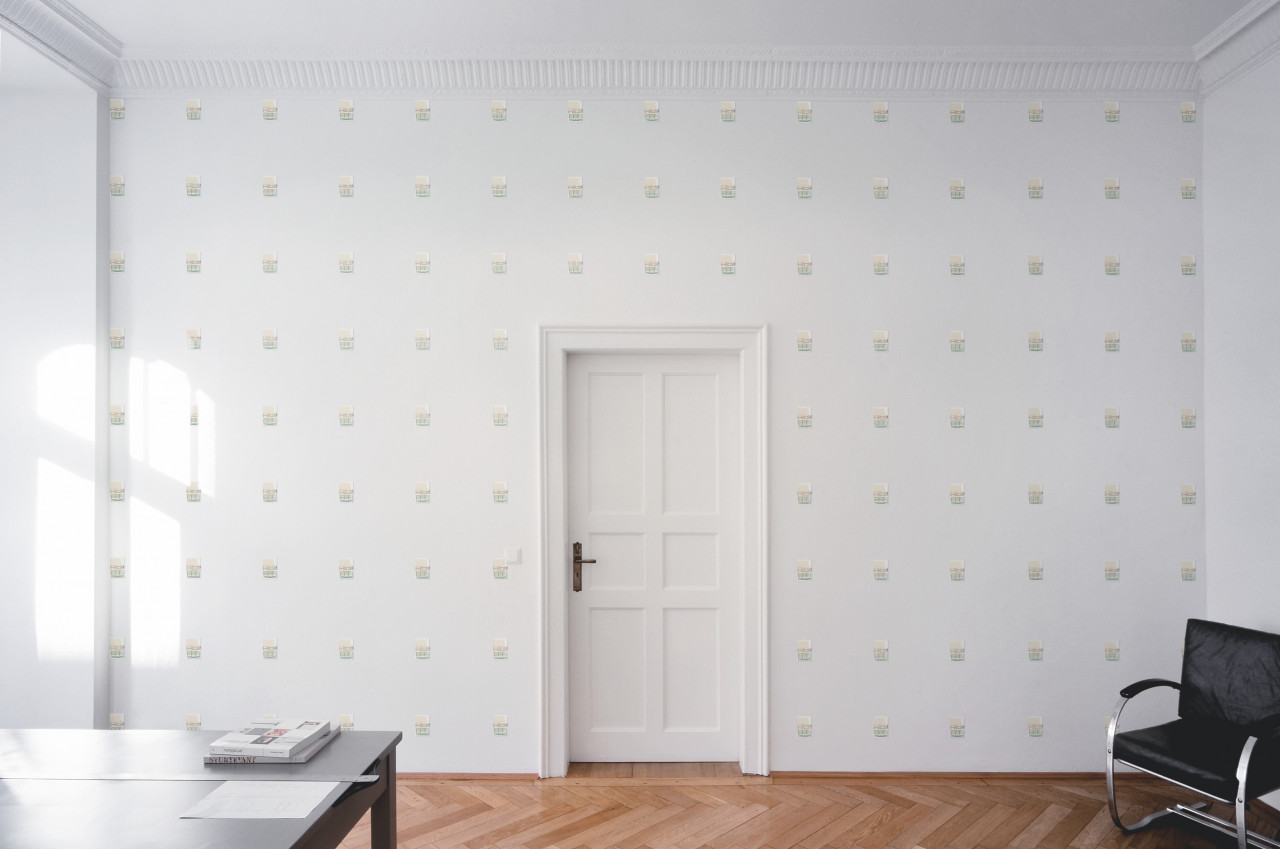
Wall With Blattodea Pheromone
2007
From Wall Works
Test strips of cockroach pheromones to be displayed equidistantly on a wall. Stripes 10 x 6.5 cm (4 x 2½ in), overall dimensions depend on the wall. Limited to 12 installations, with a signed and numbered certificate giving specific on-site instructions.
This wall work edition by Santiago Sierra transforms an architectural surface into a charged zone of discomfort and potential infestation. The work consists of standardized test strips containing cockroach pheromones, installed at regular intervals across a wall. Invisible to the eye but biologically active, the strips emit a powerful chemical attractant that – under the right conditions – can provoke an actual infestation. With its minimalist aesthetic and precise spacing, the installation initially appears innocuous, even decorative. Yet behind this clean geometry lies a latent threat: if cockroaches are present in the space, they will be drawn to the wall, exposing the reality of contamination and undermining the supposed neutrality of the gallery environment. In typical Sierra fashion, the work functions as both a conceptual provocation and a social critique – using invisible biological material to question ideas of hygiene, control, and the boundaries of institutional space. Wall With Blattodea Pheromone is not merely to be looked at, but to be lived with – its meaning contingent on presence, vulnerability, and the unseen systems that shape both art and life.
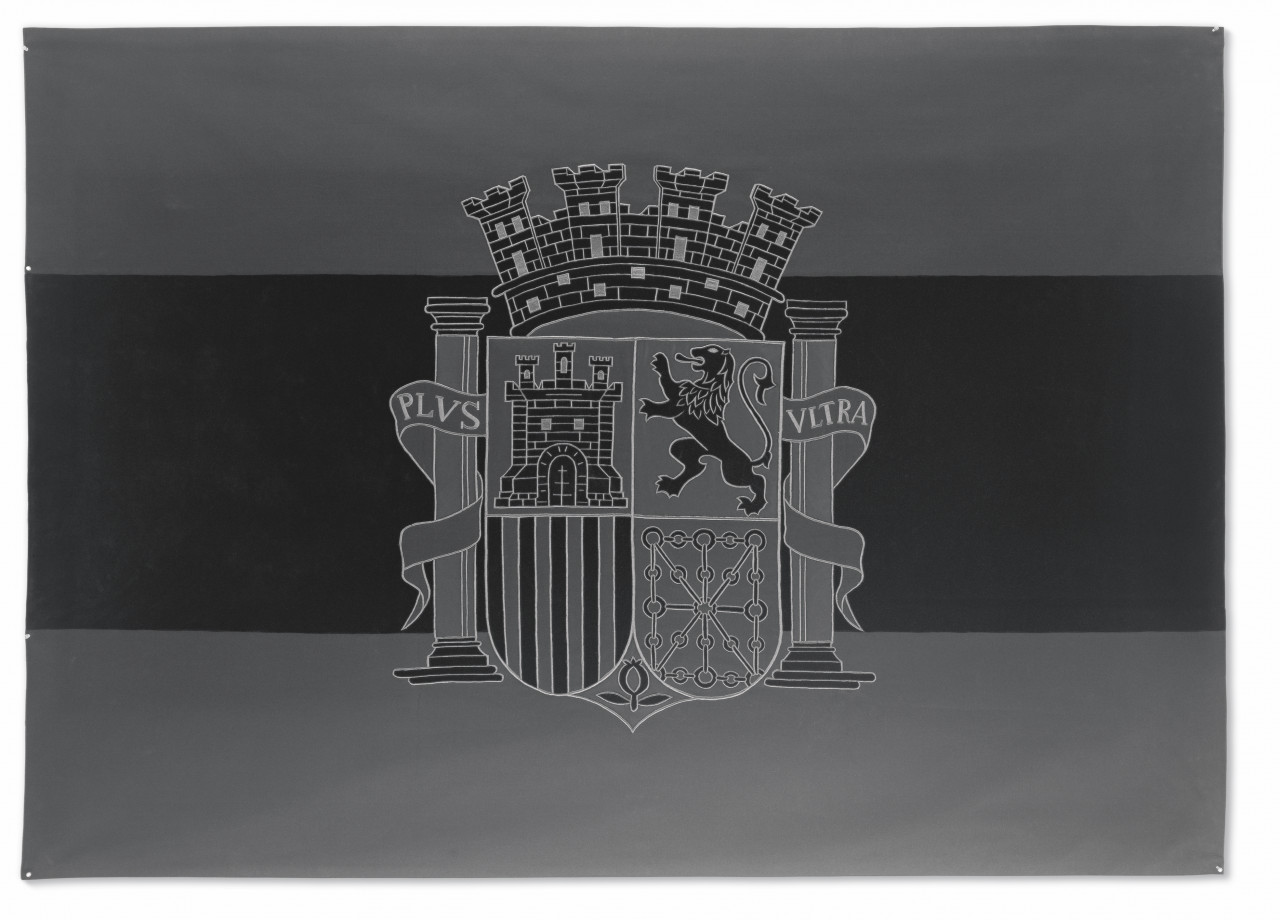
Bandera Negra De La Republica Española
2007
Flag made from three variations of black fabric, thread, embroidery, 148 x 208 cm (58¼ x 82 in). Edition of 25, signed and numbered on certificate.
Santiago Sierra’s edition Bandera Negra de la República Española is a striking reimagining of a national symbol. This “black flag” transforms the tricolor banner of the Second Spanish Republic into a monochrome emblem of mourning, resistance, and historical critique. Hand-embroidered by artisans, the work serves as what Sierra calls an "anti-symbol" – a stark meditation on the unrealized promises and enduring traumas of the Spanish Republic. The edition was created in connection with a two-part initiative by the artist: a street campaign in Madrid displaying posters of the flag to provoke public dialogue, and a formal presentation at the Museo Reina Sofía. This dual format – at once public and academic – underscores Sierra’s intention to spark a generational conversation about memory, democracy, and dissent in contemporary Spain. Sierra’s work offers no closure – it insists on reflection.
EUR 12,000
Aviso Público / Public Notice
2006
From Door Cycle
Metal sign (cast aluminum relief) on galvanized iron door with hardware. Door size 198.5 x 98 x 12 cm (78 x 38½ x 4¾ in). Edition: 15, signed and numbered on separate label.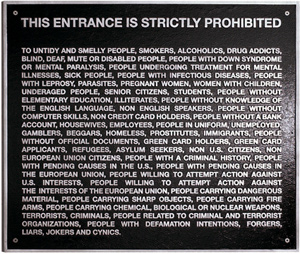
As part of the Door Cycle edition project, this work by Santiago Sierra presents a galvanized iron door onto which his powerful Door Plate has been mounted. The text on the aluminum sign lists an overwhelming and contradictory set of exclusions – barring entry to individuals ranging from “pregnant women” to “employees”, “non-English speakers” to “people with computer skills”. With this, Sierra pushes the absurdity of bureaucratic gatekeeping to its logical extreme. This edition expands on the themes of Sierra’s controversial 2003 Venice Biennale project, where access to the Spanish Pavilion was granted only to holders of a Spanish passport, and only via a side entrance. Here, however, the door stands alone as a sculptural object, one that embodies the physical and psychological thresholds imposed by systems of authority. With biting irony and minimalist clarity, Aviso Público / Public Notice confronts viewers with the mechanisms by which access is regulated – not only in galleries or national pavilions, but across society at large.
EUR 12,000
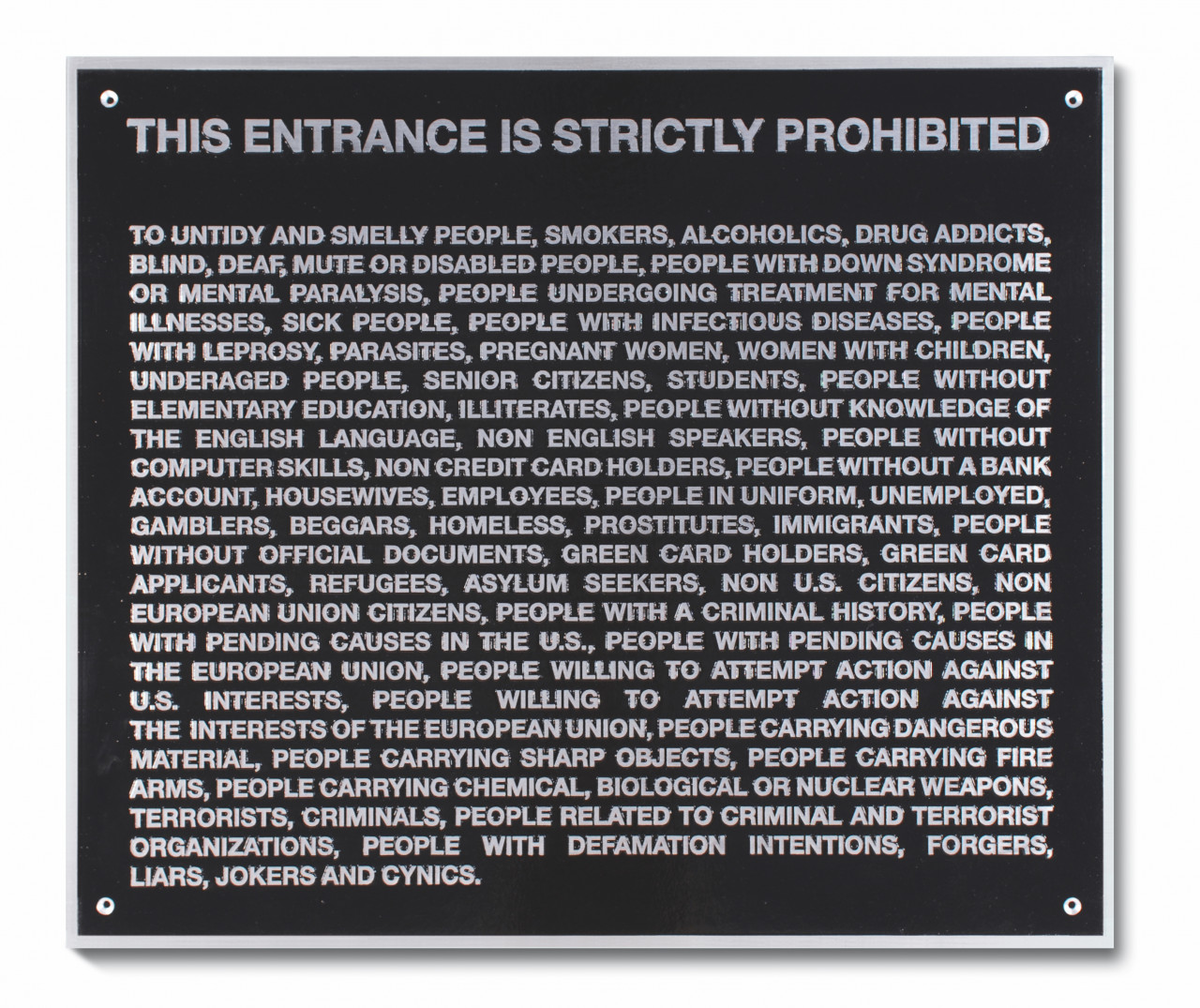
Door Plate
2006
Cast aluminum relief sign, with paint, 59 x 69 x 2 cm (23 x 27 x ¾ in). Edition: XV, signed and numbered on separate label.
With this edition, Santiago Sierra presents a stark and provocative meditation on the politics of exclusion. Echoing his controversial intervention at the 2003 Venice Biennale – where the Spanish Pavilion was bricked up, allowing entry only to those with a Spanish passport via a rear door – this work expands on the theme of restricted access with biting irony. The plate lists a seemingly endless and contradictory catalogue of those denied entry: from “the unemployed” to “employees,” “pregnant women” to “housewives,” “non-English speakers” to “people with computer skills.” In doing so, Sierra parodies the arbitrary and often discriminatory mechanisms through which institutions and power structures regulate inclusion and belonging. By mimicking the tone and formality of bureaucratic signage, Door Plate exposes the absurdity and cruelty that can underpin systems of control. It confronts the viewer with the mechanisms of social, political, and economic exclusion, and in its exaggerated scope, forces us to question who decides who belongs – and who does not.
EUR 12,000
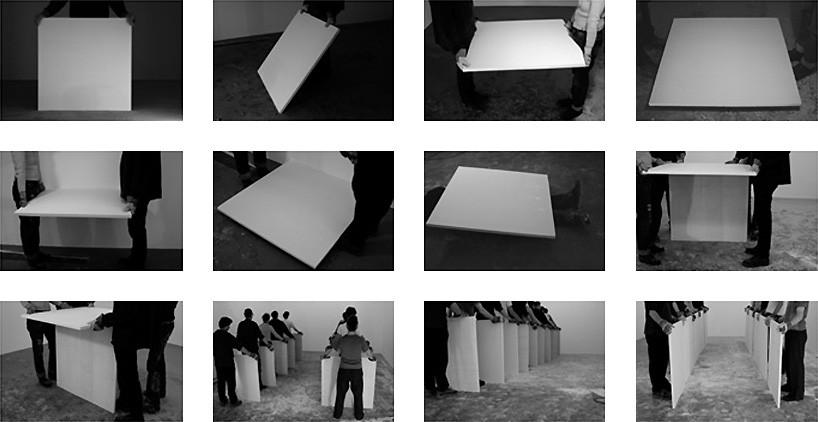
111 Constructions with 10 Modules and 10 Workers
2004
Published for Kunsthaus Bregenz
Portfolio box with 111 black-and-white photographs and a text sheet (colophon). Each print 21 x 29.7 cm (8¼ x 11¾ in). Edition of 40 + X, signed and numbered on text sheet.
This photographic edition revisits Santiago Sierra’s seminal performance 111 Constructions with 10 Modules and 10 Workers, distilling its conceptual rigor into a visual sequence. Presented as a grid of black-and-white images, the piece documents variations of ten workers repetitively assembling and reconfiguring ten identical white modules. The serial nature of the composition echoes the mechanical, almost ritualistic labor enacted in the original performance. With characteristic austerity, Sierra transforms minimal gesture into political commentary. The modules – neutral, blank, and interchangeable – stand in for standardized units of production, while the workers, anonymous and interchangeable themselves, perform a choreography of physical labor stripped of individual expression. The piece underscores the alienation and repetition inherent in many forms of waged labor, echoing themes of control, visibility, and value central to Sierra’s practice. 111 Constructions is not just a formal exercise in permutation, but a critique of the conditions under which labor is commodified, fragmented, and rendered invisible – visibly enacted, but structurally overlooked.
EUR 2,700
